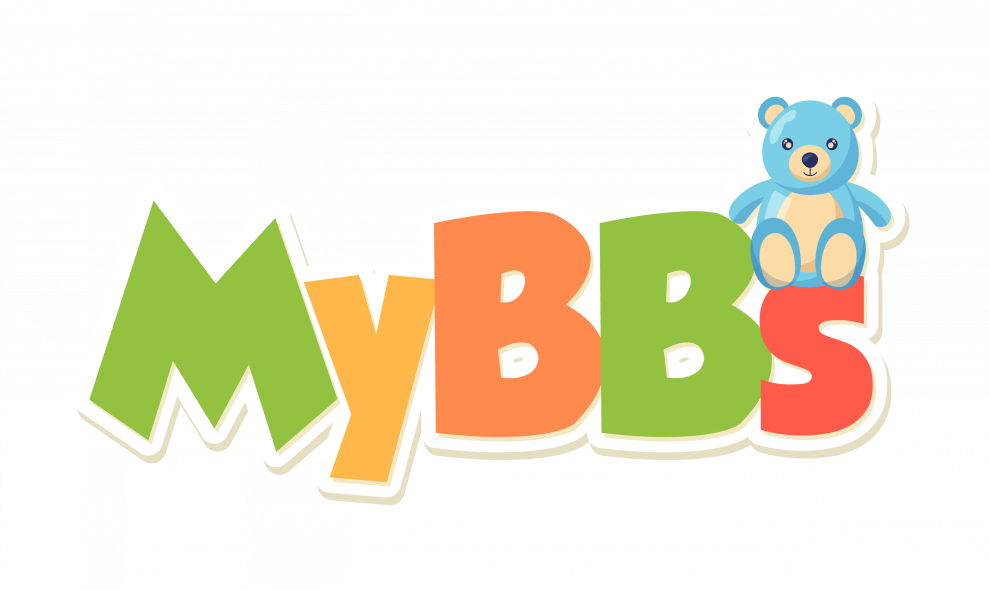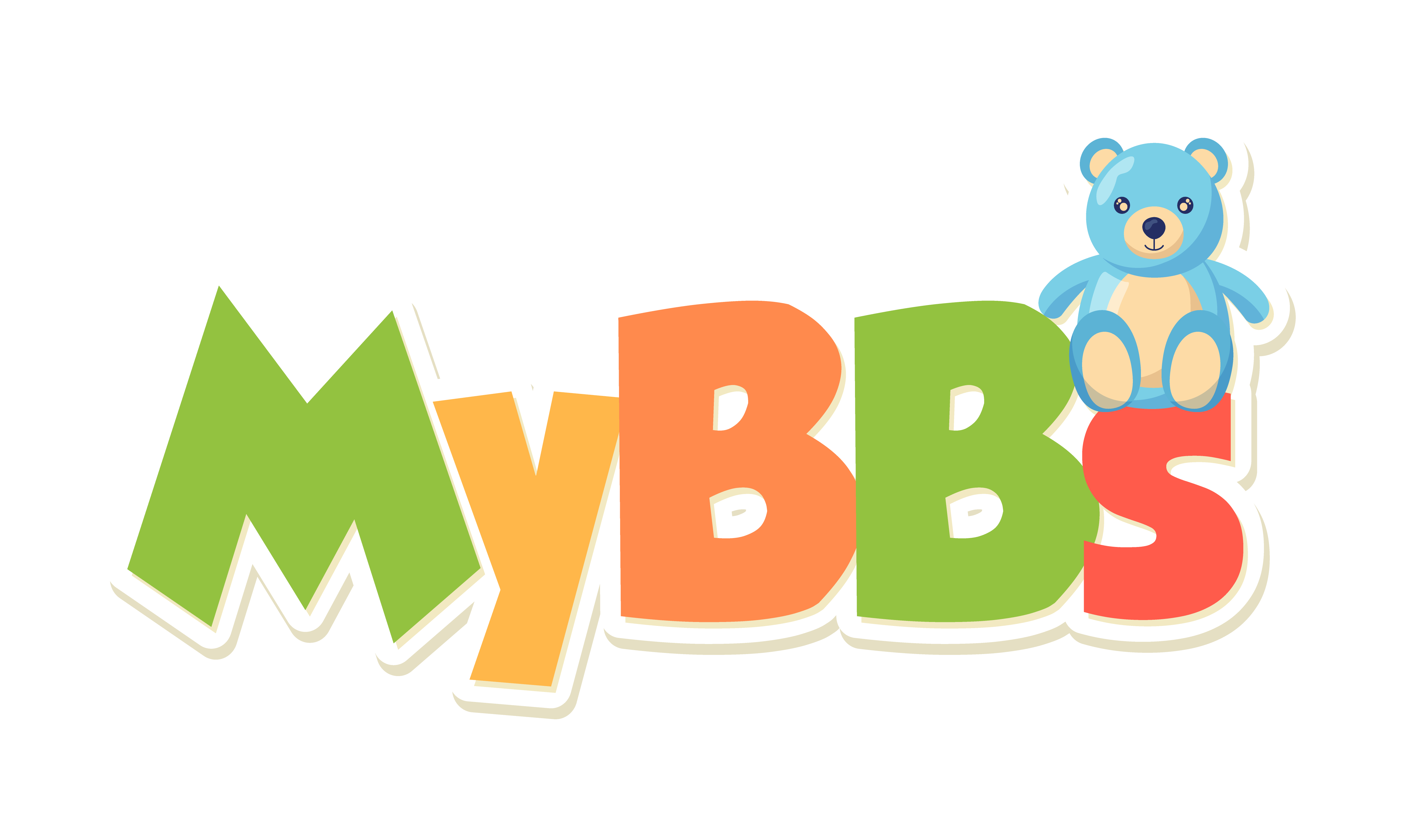All About Ty Beanie Babies
Beanie Baby Collector’s Guide: Ty Beanie Babies Explained
Welcome to the world of Ty Beanie Babies! These adorable plush toys have captured the hearts of collectors worldwide, and their popularity continues to grow. Whether you’re a seasoned collector or a newcomer to the Beanie Baby scene, this guide will provide you with all the information you need to understand and appreciate these charming collectibles.
From their humble beginnings in the mid-1990s to their current status as sought-after collectibles, Ty Beanie Babies have a rich and fascinating history. This guide will delve into the origins of Beanie Babies, the factors that contribute to their value, and the various categories and types of Beanie Babies that exist. We’ll also explore the world of Beanie Baby trading and provide tips for starting or expanding your own collection.
The History of Ty Beanie Babies
The story of Ty Beanie Babies begins with Ty Warner, a former toy salesman who founded Ty Inc. in 1986. Warner’s initial product line consisted of stuffed animals, but it was the introduction of Beanie Babies in 1993 that catapulted the company to international fame.
Beanie Babies were unique in the toy market for their understuffed, floppy feel, which made them more lifelike and cuddly than other plush toys. Each Beanie Baby also came with a heart-shaped tag that included the toy’s name, birth date, and a four-line poem. These unique features, combined with their affordable price point, made Beanie Babies an instant hit with children and collectors alike.
The Beanie Baby Boom
The mid to late 1990s saw the height of the Beanie Baby craze, with some models selling for hundreds or even thousands of dollars on the secondary market. The company’s strategy of retiring certain models and introducing new ones created a sense of scarcity and fueled the collecting frenzy.
During this time, Beanie Babies also became popular as promotional items. Fast food chains like McDonald’s began offering miniature versions of Beanie Babies with their Happy Meals, further increasing the toys’ visibility and desirability.
The Decline and Resurgence
By the early 2000s, the Beanie Baby market had cooled significantly. Overproduction and a waning interest in collectibles led to a drop in prices, and many collectors were left with Beanie Babies that were worth far less than they had originally paid.
However, in recent years, there has been a resurgence of interest in Beanie Babies. Nostalgia for the 1990s, combined with the rise of online marketplaces like eBay, has led to a new wave of collectors seeking out these charming toys. Today, some rare and sought-after Beanie Babies can fetch high prices on the secondary market.
Understanding Beanie Baby Values
One of the most intriguing aspects of Beanie Baby collecting is the potential value of these toys. While most Beanie Babies are worth only a few dollars, some rare models can sell for hundreds or even thousands of dollars. Understanding what factors contribute to a Beanie Baby’s value can help you make informed decisions when buying or selling these toys.
Several factors can influence a Beanie Baby’s value, including rarity, condition, and errors. We’ll delve into each of these factors in the sections below.
Rarity
The rarity of a Beanie Baby is often the most significant factor in determining its value. Beanie Babies that were produced in limited quantities or for a short period of time are typically more valuable than those that were widely available.
Retired Beanie Babies, or those that are no longer in production, can also command higher prices. The date of retirement can be found on the Beanie Baby’s tag, and earlier retirement dates generally indicate a higher value.
Condition
The condition of a Beanie Baby is another important factor in determining its value. Beanie Babies that are in mint condition, with no signs of wear and tear and with their original tags intact, are generally worth more than those that are damaged or missing their tags.
When assessing a Beanie Baby’s condition, it’s important to look for any signs of damage, such as stains, tears, or fading. The condition of the tag is also crucial, as a damaged or missing tag can significantly decrease a Beanie Baby’s value.
Errors
Errors on a Beanie Baby’s tag can sometimes increase its value, as these errors make the toy more unique and interesting to collectors. Common errors include misspellings, incorrect dates, and variations in the poem or other text on the tag.
However, not all errors increase a Beanie Baby’s value. Some errors are more common than others, and these may not significantly affect the toy’s price. It’s also important to note that intentional errors, such as those created by counterfeiters, will not increase a Beanie Baby’s value.
Types of Beanie Babies
Over the years, Ty Inc. has produced a wide variety of Beanie Babies, each with its own unique characteristics. Understanding the different types of Beanie Babies can help you identify and appreciate the diversity of these collectibles.
Beanie Babies come in a range of animal shapes, from bears and bunnies to dolphins and dragons. Some Beanie Babies are designed to represent specific characters or themes, while others are simply cute and cuddly representations of various animals.
Regular Beanie Babies
Regular Beanie Babies are the standard, full-sized versions of these toys. They typically measure around 6 to 8 inches in length and come in a wide variety of animal shapes. Regular Beanie Babies are the most common type and are often the starting point for many collectors.
Each regular Beanie Baby comes with a heart-shaped tag that includes the toy’s name, birth date, and a four-line poem. The tag also indicates whether the Beanie Baby is retired, which can affect its value.
Beanie Buddies
Beanie Buddies are larger versions of Beanie Babies, typically measuring around 12 to 14 inches in length. They were introduced in 1998 as a companion line to the original Beanie Babies.
Like regular Beanie Babies, Beanie Buddies come with a heart-shaped tag that includes the toy’s name, birth date, and a four-line poem. However, Beanie Buddies are generally less valuable than their smaller counterparts, as they were produced in larger quantities and are less sought after by collectors.
Teenie Beanie Babies
Teenie Beanie Babies are miniature versions of Beanie Babies that were originally distributed as promotional items with McDonald’s Happy Meals. These toys measure around 2 to 4 inches in length and come in a variety of animal shapes.
Despite their small size, Teenie Beanie Babies can be quite valuable, especially those that were produced in limited quantities or for a short period of time. As with regular Beanie Babies, the value of a Teenie Beanie Baby can be influenced by factors such as rarity, condition, and errors.
Starting Your Beanie Baby Collection
Starting a Beanie Baby collection can be a fun and rewarding hobby. Whether you’re interested in these toys for their nostalgic appeal, their potential value, or simply because they’re cute and cuddly, there are plenty of reasons to start collecting Beanie Babies.
Before you start your collection, it’s important to do some research and decide what types of Beanie Babies you’re interested in. You might choose to focus on a specific type of Beanie Baby, such as bears or cats, or you might prefer to collect Beanie Babies from a certain era or with a specific theme.
Finding Beanie Babies
There are many places where you can find Beanie Babies for your collection. Online marketplaces like eBay are a popular source, as they offer a wide variety of Beanie Babies from sellers around the world. You can also find Beanie Babies at garage sales, thrift stores, and antique shops.
When buying Beanie Babies, it’s important to verify the toy’s condition and authenticity. Be sure to check the Beanie Baby’s tag for any signs of damage or tampering, and ask the seller for any additional information or photos if necessary.
Storing and Displaying Your Collection
Once you’ve started your Beanie Baby collection, you’ll need a way to store and display your toys. There are many options for displaying Beanie Babies, from shelves and display cases to hanging organizers and shadow boxes.
When storing your Beanie Babies, it’s important to keep them in a cool, dry place away from direct sunlight, as heat and light can cause the toys to fade or deteriorate. You should also avoid storing Beanie Babies in plastic bags, as this can trap moisture and lead to mold or mildew.
Conclusion
Whether you’re a seasoned collector or a newcomer to the world of Beanie Babies, there’s always something new to learn about these charming toys. From their rich history and diverse types to the factors that influence their value, Beanie Babies offer a wealth of opportunities for exploration and discovery.
So why wait? Start your Beanie Baby adventure today and uncover the joy and excitement of collecting these adorable plush toys. Remember, the best place to shop for Ty Beanie Babies for any occasion is at MyBeanieBabies.com. Happy collecting!
Ready to dive into the delightful world of Ty Beanie Babies and give your child the gift of joy and imagination? Look no further than MyBeanieBabies.com, your ultimate destination for the most treasured and timeless Beanie Babies, Beanie Boos, and Beanie Buddies. Our carefully curated collection ensures you’ll find the perfect plush companion for any occasion. Plus, discover our unique range of toys and childcare items designed to enrich your child’s playtime. Don’t miss out on the fun—checkout our plush shop now and bring home a new cuddly friend today!

